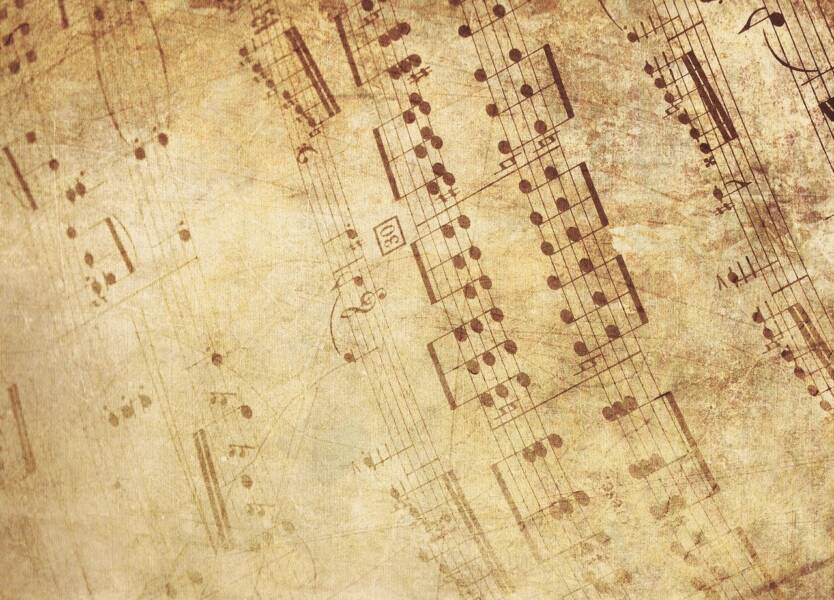In the vast landscape of global music, time signatures serve as a guide to the rhythmic heartbeat of compositions. They are fundamental to the structure of Western and Eastern music, setting the framework for melody and harmony to unfold in synchronized order. However, as one ventures beyond the West, the concept of rhythm and meter takes on new forms, embracing the diverse heartbeat of world music traditions.
From the intricate “tala” patterns of Indian classical music to the polyrhythms of African drumming, and from the complex “iqaa” of Middle Eastern melodies to the uneven meters of Balkan folk dances, time signatures become a window into the cultural expression of time in music. This journey through varied rhythmic landscapes reveals the rich tapestry of human creativity, showing us that every culture has its unique way of marking musical time, as distinctive and vital as the languages they speak. Understanding time signatures in a global context not only enhances our appreciation of music from around the world but also deepens our insight into the universal language of rhythm.
The Basics of Time Signatures
A time signature is a notational convention in music that tells the musician how many beats are in each measure of music and what note value (whole note, half note, quarter note, etc.) is equivalent to one beat. You’ll find the time signature at the beginning of a piece of music, appearing just after the key signature and clef.
The time signature is written as two numbers stacked vertically. The top number indicates how many beats are in each measure. The bottom number tells you the note value that receives one beat. For example:
In a 4/4 time signature, often referred to as “common time,” there are four beats per measure, and the quarter note gets one beat. This is perhaps the most familiar time signature in Western music.
In a 3/4 time signature, each measure has three beats, and again, the quarter note gets one beat. This time signature is often used in waltzes, where the rhythm has a characteristic “one-two-three” pulse.
In a 6/8 time signature, there are six beats in each measure, but the eighth note gets one beat. This can be a bit more complex because it’s often grouped into two sets of three eighth notes, giving it a compound feel where two larger beats (dotted quarter notes) are felt per measure, with each of these beats comprising three eighth notes.
The bottom number in a time signature is typically a power of 2 (2, 4, 8, 16, etc.), which corresponds to the traditional note values found in Western music. For instance, a “2” on the bottom means a half note is one beat, a “4” means a quarter note is one beat, an “8” means an eighth note is one beat, and so on.
Understanding time signatures is crucial because it affects how a musician counts the music, how they feel the rhythm, and how they understand the form and flow of a piece. It’s the framework upon which the rhythms of melodies and harmonies are built.
Rhythmic Frameworks in Western Composition
In Western music, time signatures serve as a fundamental rhythmic framework for composers and performers alike. They dictate the pulse and subdivision of each measure, allowing for a diverse array of rhythmic patterns within a coherent structure. Common time signatures such as 4/4 and 3/4 are staples in classical, pop, and many other genres, providing a familiar grounding for listeners. However, Western music also explores less conventional time signatures, like the 5/4 rhythm in the iconic “Take Five” by Dave Brubeck, challenging the boundaries of traditional rhythm and expanding the expressive potential of music.
Global Rhythms: Time Signatures Beyond the West
In contrast, non-Western music traditions often employ time signatures and rhythmic cycles that can be vastly different from those found in Western notation. For example, Indian classical music’s “tala” system encompasses complex rhythmic cycles that may not align with the Western concept of a time signature. Similarly, Middle Eastern rhythms frequently utilize asymmetric time divisions, such as 7/8 or 10/8, creating distinctive rhythmic patterns that are integral to the region’s musical identity. These global approaches to rhythm and time in music reflect the cultural diversity of musical expression and showcase the wide spectrum of human creativity in organizing sound.
The Fusion of Global Sounds in Music Collaborations
The intersection of Eastern and Western music has led to innovative uses of time signatures, creating a soundscape where rhythmic boundaries are both merged and redefined. Western music, with its foundation in time signatures like 4/4 and 3/4, has traditionally maintained a steady pulse that is both predictable and symmetrical.
Eastern music, on the other hand, often utilizes more fluid and complex rhythmic structures, such as the intricate “tala” cycles in Indian music or the asymmetrical meters common in Middle Eastern compositions. In cross-cultural collaborations, these diverse rhythmic systems interweave to create music that is rich in texture and variety.
Composers and performers from different traditions experiment by overlaying the steady pulse of Western rhythms with the elaborate beats of Eastern music, or by incorporating the nuanced micro-rhythms of non-Western music into the framework of Western compositions. This fusion not only challenges the musicians’ technical prowess but also offers listeners a unique rhythmic experience that transcends cultural confines, showcasing the universal language of music.
Conclusion
In conclusion, the fusion of Eastern and Western musical elements, particularly through the innovative blending of time signatures, represents a dynamic and evolving dialogue in the global music scene. This cross-cultural synergy has not only broadened the horizons of rhythmic possibilities but has also facilitated a deeper mutual understanding and appreciation between diverse musical traditions.
Through the exchange of rhythmic ideas and the combination of varying time structures, artists have crafted a rich tapestry of sound that resonates with a universal audience. The resulting collaborations stand as a testament to the unifying power of music and its ability to transcend cultural barriers, offering a harmonious meeting ground where the pulse of the East and the cadence of the West can coexist and flourish.

Ingrid Maldine is a business writer, editor and management consultant with extensive experience writing and consulting for both start-ups and long established companies. She has ten years management and leadership experience gained at BSkyB in London and Viva Travel Guides in Quito, Ecuador, giving her a depth of insight into innovation in international business. With an MBA from the University of Hull and many years of experience running her own business consultancy, Ingrid’s background allows her to connect with a diverse range of clients, including cutting edge technology and web-based start-ups but also multinationals in need of assistance. Ingrid has played a defining role in shaping organizational strategy for a wide range of different organizations, including for-profit, NGOs and charities. Ingrid has also served on the Board of Directors for the South American Explorers Club in Quito, Ecuador.










































